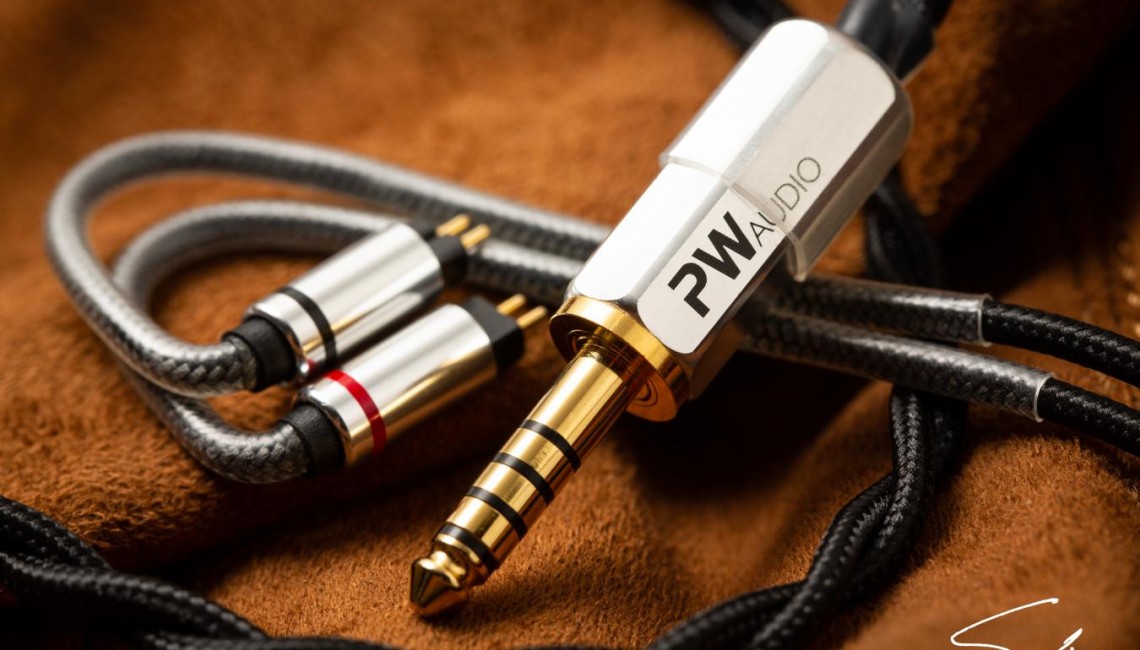
PW Audio’s Monile is a cable that accentuates vibrancy, energy and air, mostly through midrange elevation and high-end extension. It doesn’t brighten the in-ear’s tone, per se, but it does introduce a peppiness – a zing or bite – that excites the monitor and discourages any sort of laidbacked-ness or lethargy. Transients leap out at you more, so you’ll get more pop from horns, more crackle from snare drums and livelier delivery from vocalists as well. Those sounds will come off bigger too; taking up more room in the soundscape, in exchange for that more musical delivery. Thankfully, though, this Monile is stellar at layering and separation, which ensures each element stays within bounds and have minimal overlap. When it comes to expansion, the Monile isn’t what I’d call grand or vast. It does have a more intimate stage, especially in terms of width. But, again, there’s more than enough tidiness and air there to not sound claustrophobic. So, all in all, this Monile’s general tone to me is open, well-separated and excited, emphasised on midrange bite, and intimate – but tidy – spatially.
To facilitate its clean, airy, yet intimate sound, the Monile’s been given a slightly tighter, less prevalent mid-bass. It’s not a low-end that’ll necessarily bellow, bloom or fill out the stage. I’d say the warmth of the mid-bass would sit just behind the mids on most pairings. But, it’s not a low-end that’s thin or anaemic either. One of the traits I find most impressive about the Monile is that, despite its supporting role, there’s still a great deal of character, body and texture to its mid-bass. You will still get a round tone to kick drums, toms and bass guitars. Then, because of the bass’s high transparency, you’ll hear better separation between them as well. Listening to Oytun Ersan’s Mysterious Maze on 64 Audio’s A18s, there’s a definite distinction between the kick, bass guitar and the rest of the band during the unison parts. Whereas, it was sort of a blend on its stock cable. Lastly, the Monile makes up for its relaxed mid-bass with some sub-bass physicality. Going back to the track, those toms strike with stunning oomph. So, while tight and clean, PW’s Monile isn’t one to lack character down low.
The midrange, I think, is where PW’s Monile performs the majority of its balancing acts, and it more-or-less nails them all on the head. As previously mentioned, it brings presence and bite to snare drums, keys and the like. But, what it lends at the same time is this roundedness to baritone saxophones and electric guitars too. So, whether it’s Snarky Puppy’s brass section or Joe Satriani’s multi-layered solo on Massive, they’ll all come through musically without seeming top- or bottom-heavy. Another quality that’s nearly unique to the Monile is how it manages to sound big and well-separated at the same time. Despite this added saturation and size, instruments, again, rarely spill over into each other, and there’s a great deal of clean air between them too. With an artist like Jacob Collier, for example, you’ll still be able to discern each of his vocal parts, rather than have them all mix into a single wall of sound. Again, my only gripe here would be a slight lack of stereo spread. Brass and string sections aren’t as wide and expansive as I’d like them to be. But, that aside, I think the midrange truly is this Monile’s selling point: Vibrant and clear with heft, but with the tidiness and air to refine that presence as well.
Up high, the Monile doesn’t add as much colour to my ears, apart from providing a black backdrop, so those background details can come clearly through. Without having to sharpen transients or add brightness, nuances like cymbal trails and snare overtones are better-perceived. Then, louder hits like ride bells and hats are made to cut cleaner too. In extension, it doesn’t quite reach the heights of PW’s flagship 1960’s. But, it does exhibit the more coherent, silky and less aggressive tone to my ears, which can make it a better match with leaner-sounding in-ears or smoother-inclined listeners. It’s a top-end that tapers off towards the mid-treble for that natural, uncoloured timbre, but with enough higher-treble content to make space for the midrange as well. Once again, I would love for a touch more stereo spread here. Chime rings, cymbal washes and cymbal taps that echo around the cranium can do heaps for immersion, and I feel the Monile slightly misses out on this here. Otherwise, though, these are highs that nicely cap the Monile, while making space for its musicality too.
--------------- Click here for detailed post ---------------






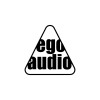






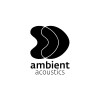



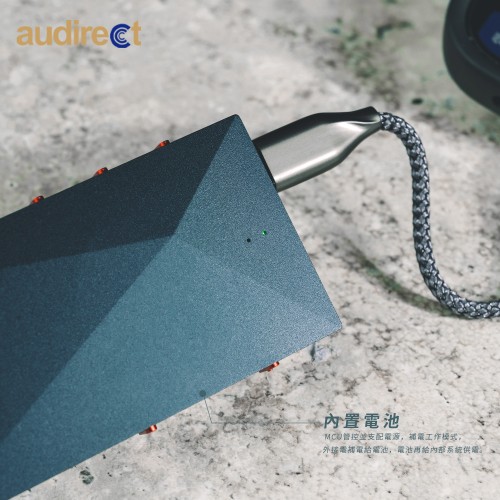
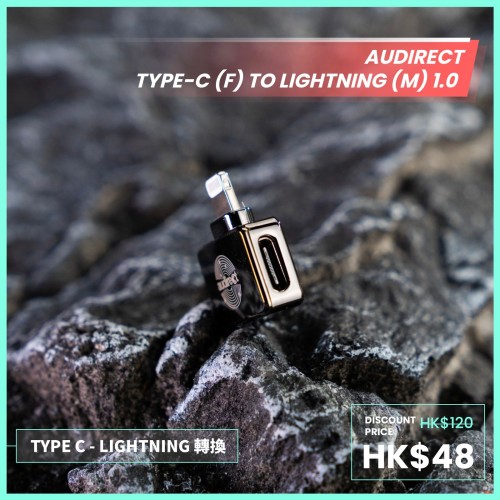
-500x500w.jpeg)




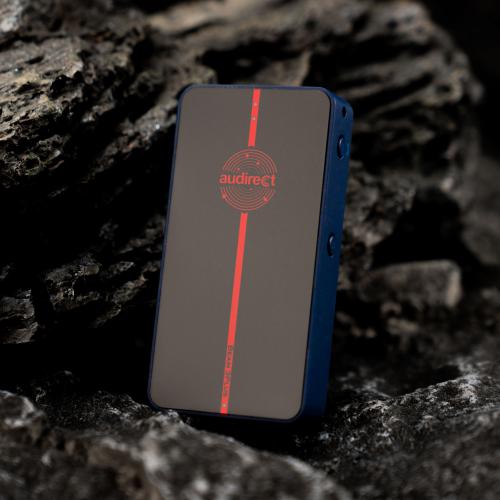
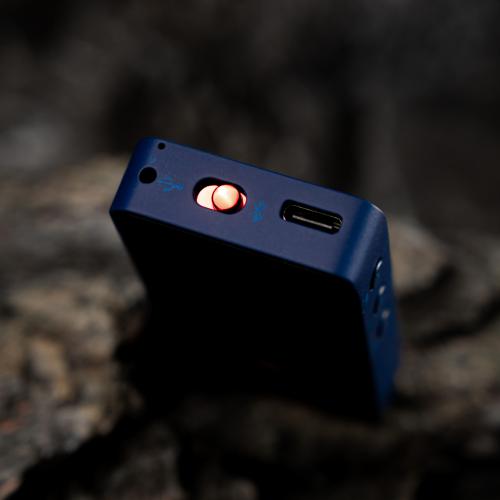

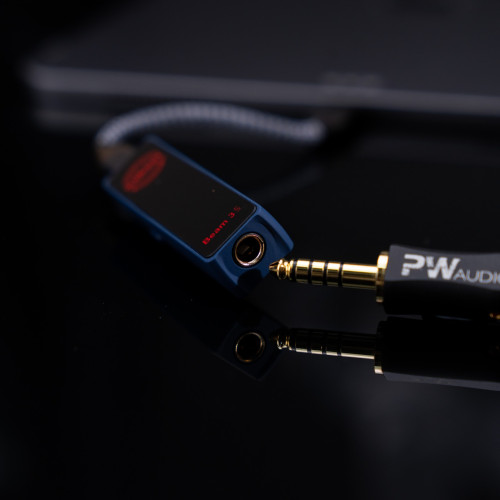
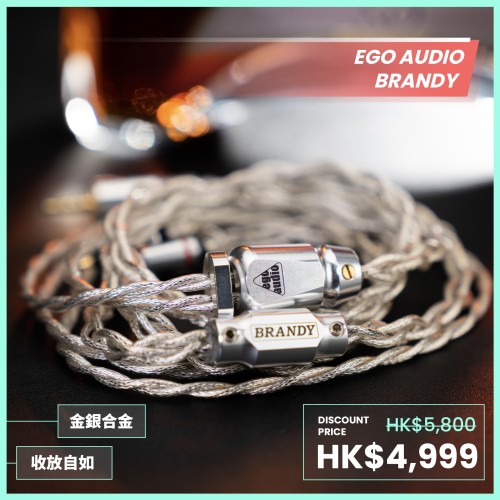



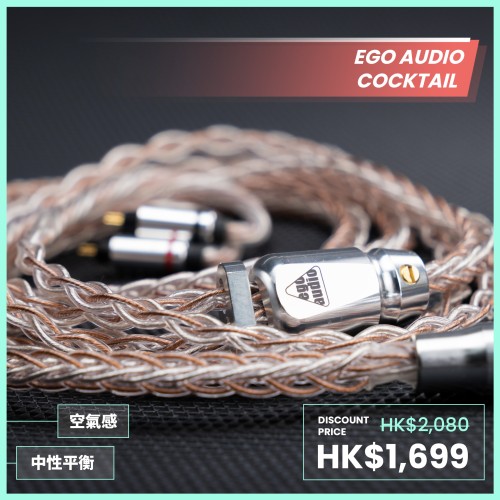



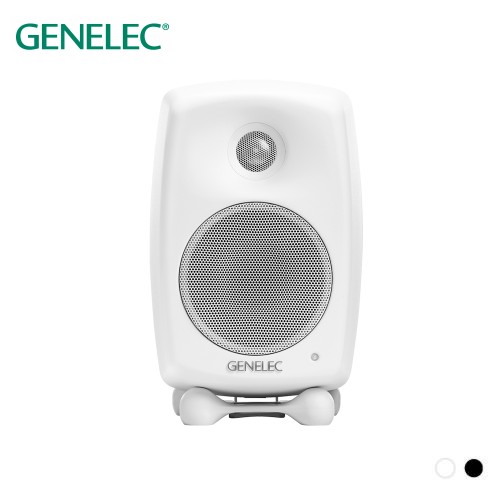
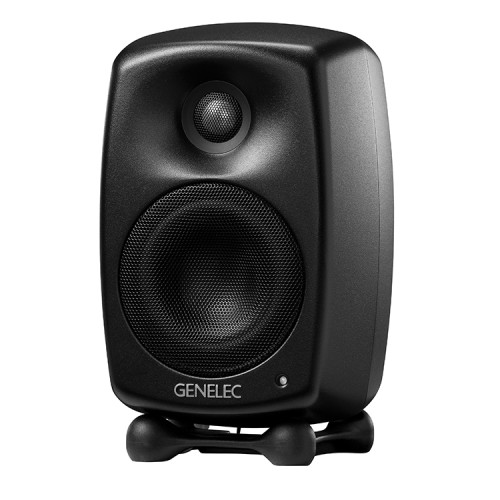
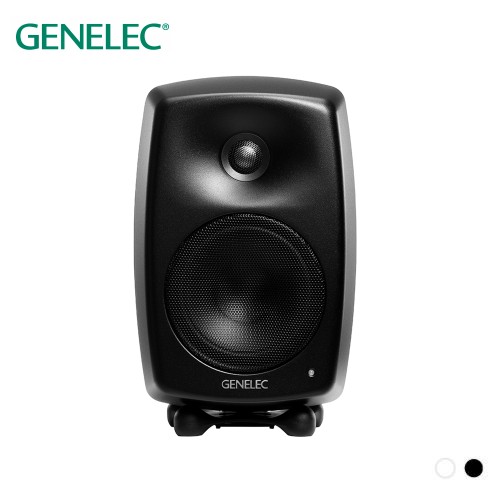
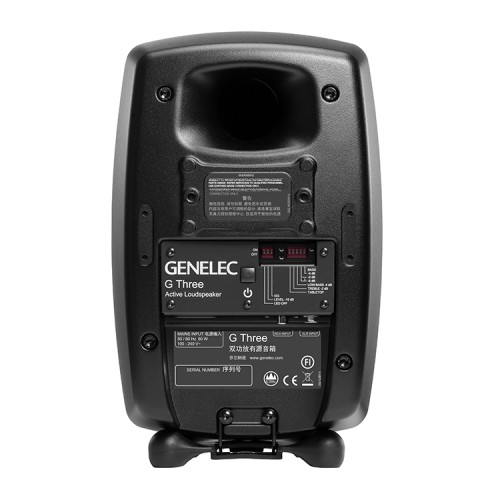
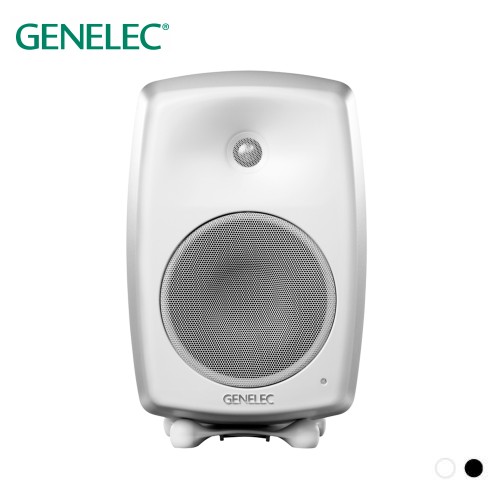
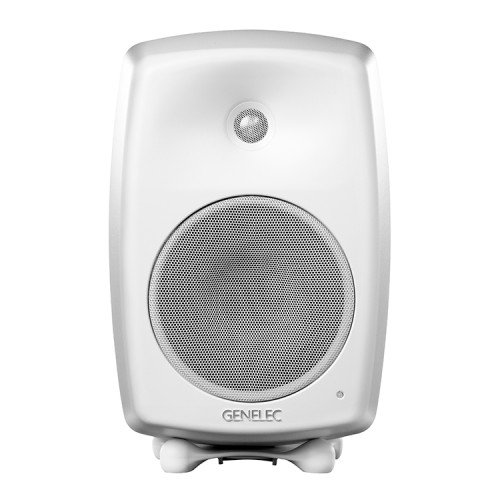
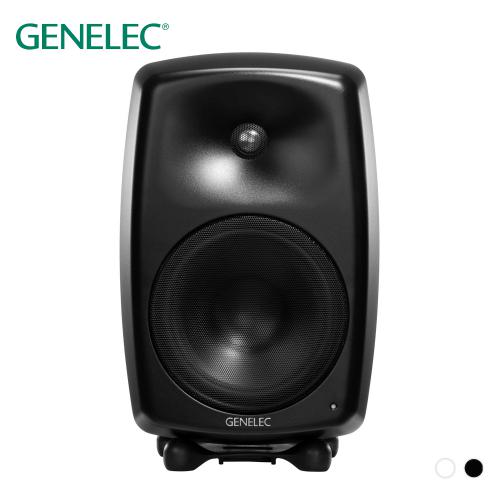
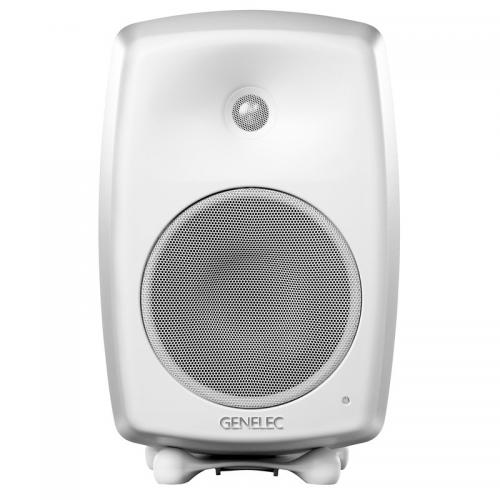



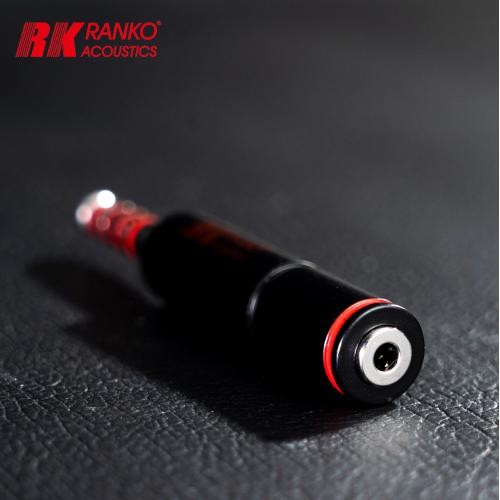

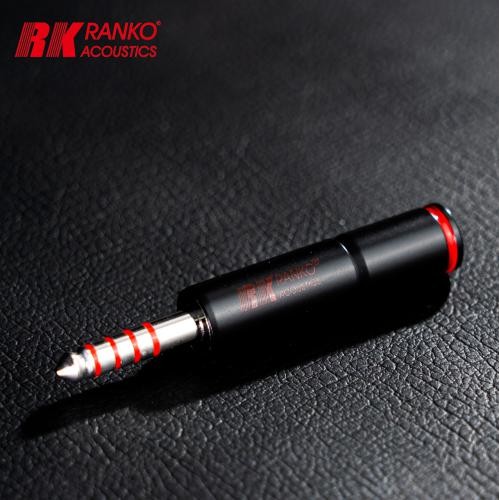

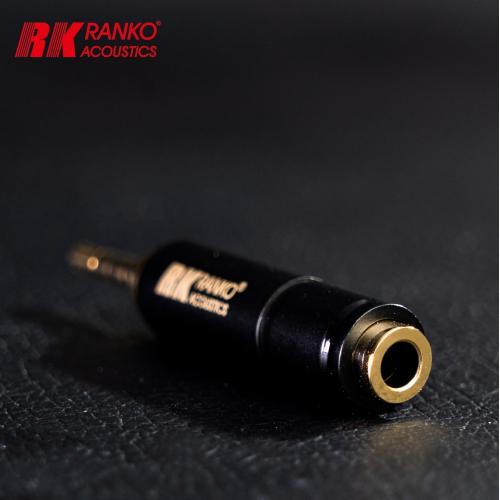




Leave a Comment